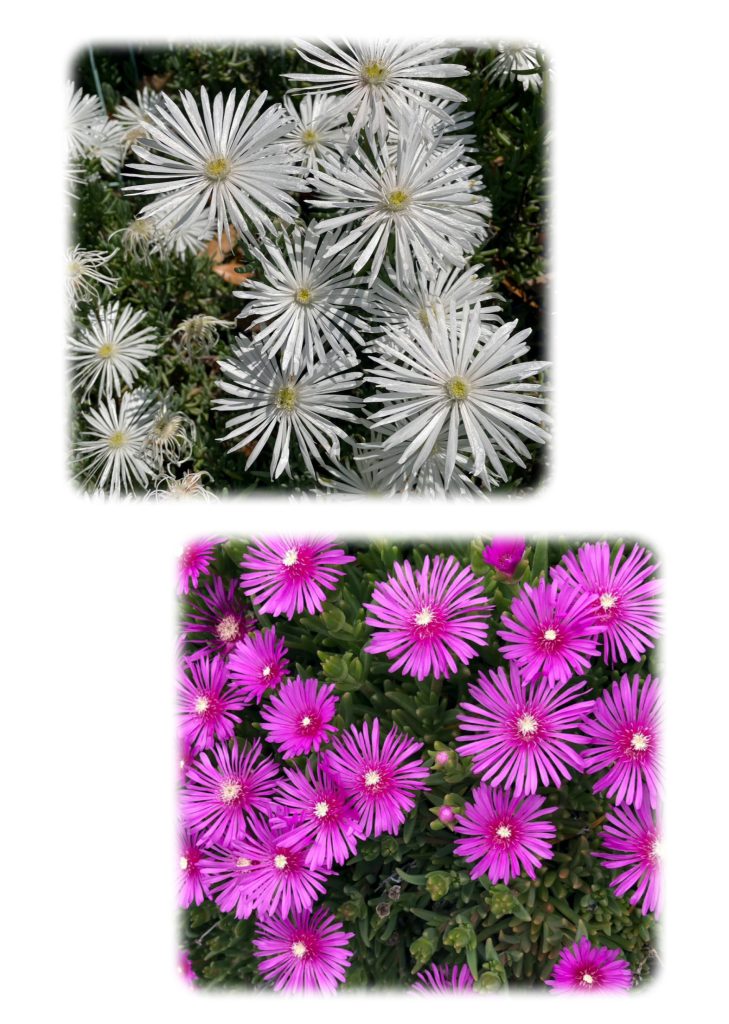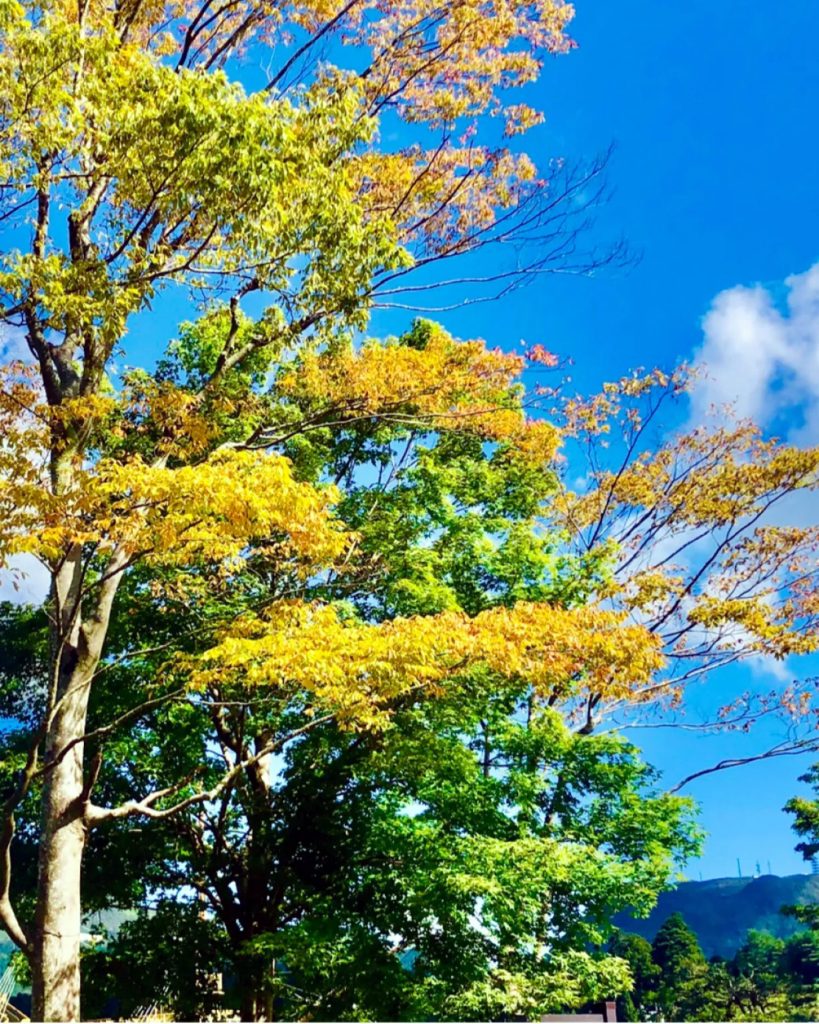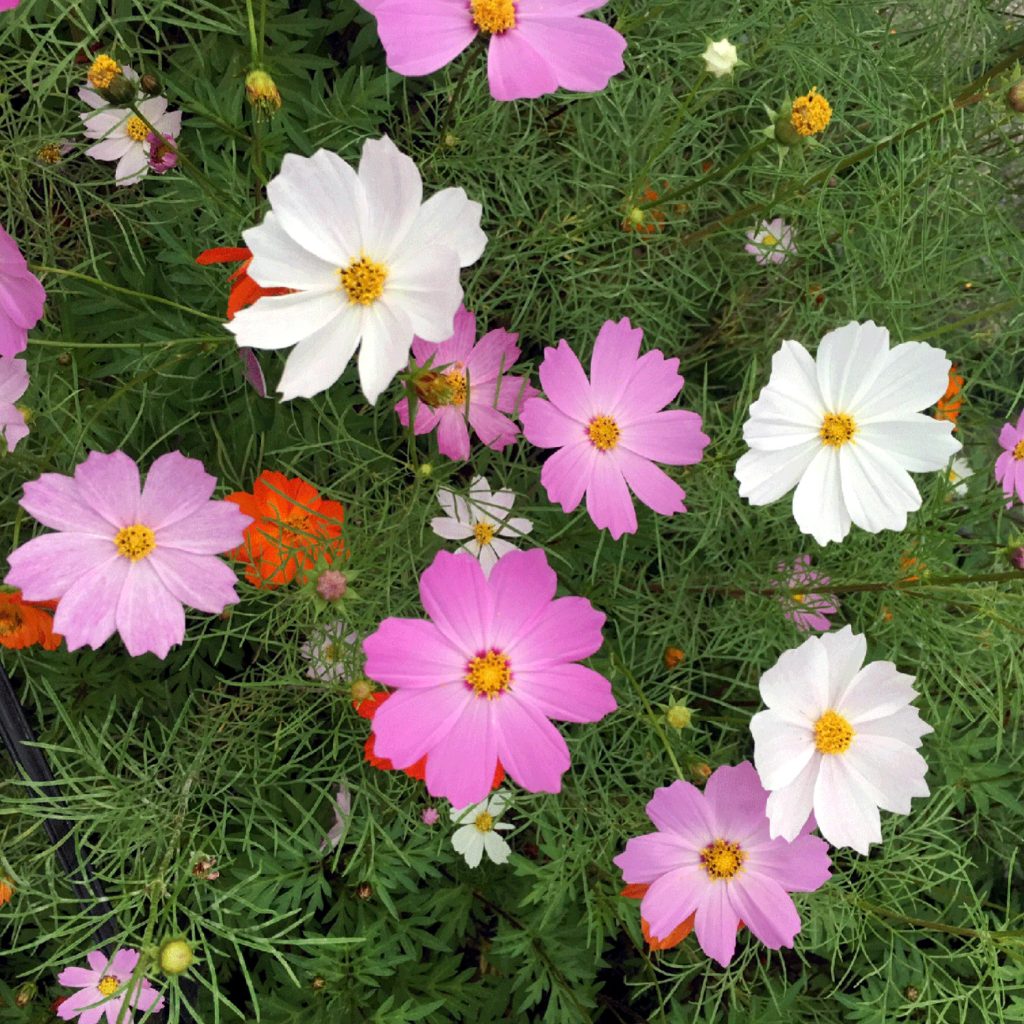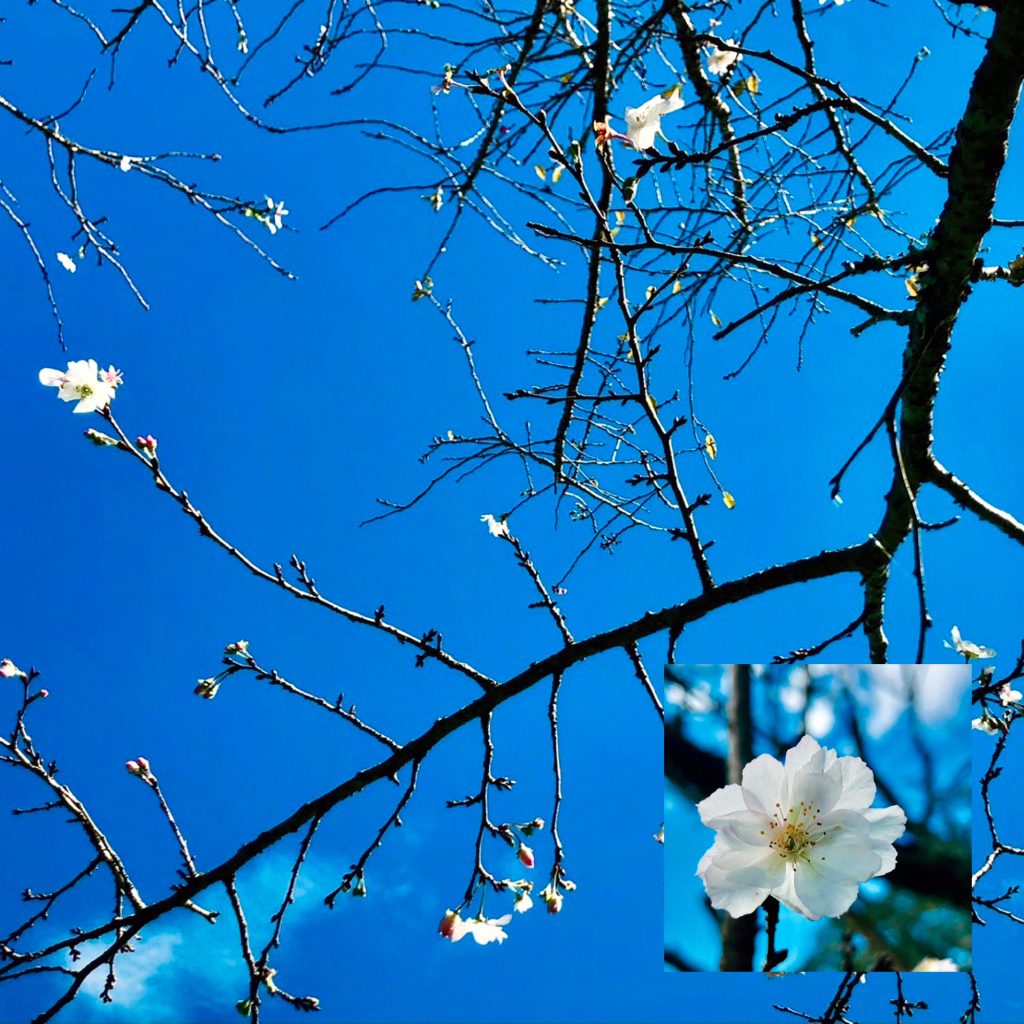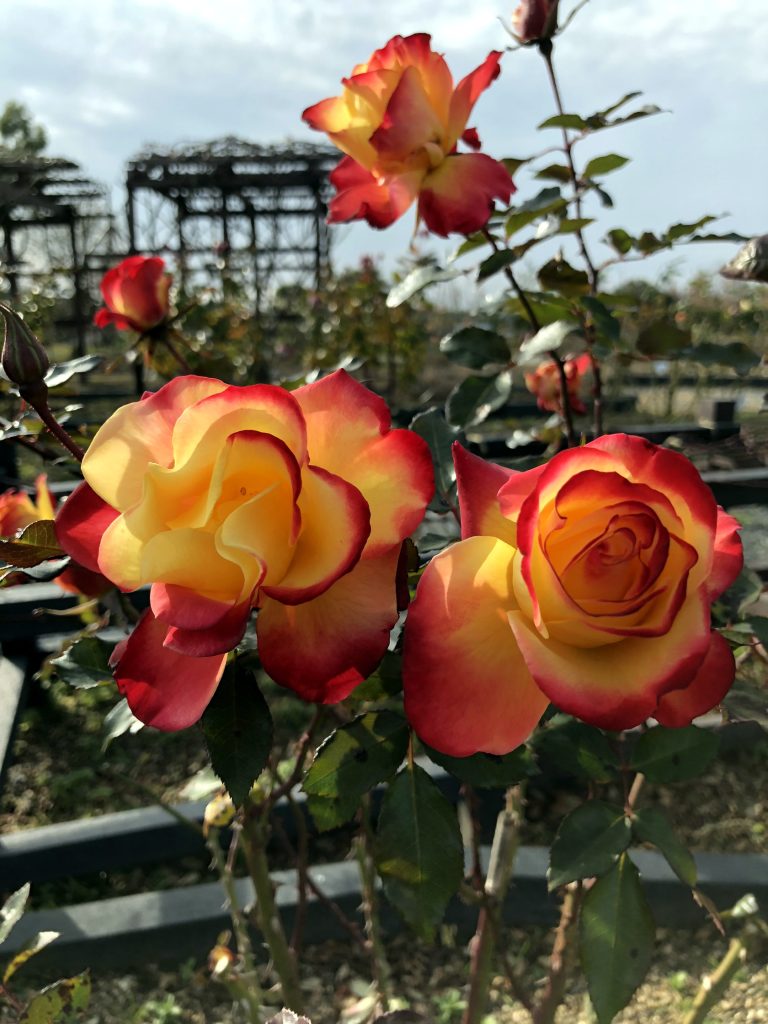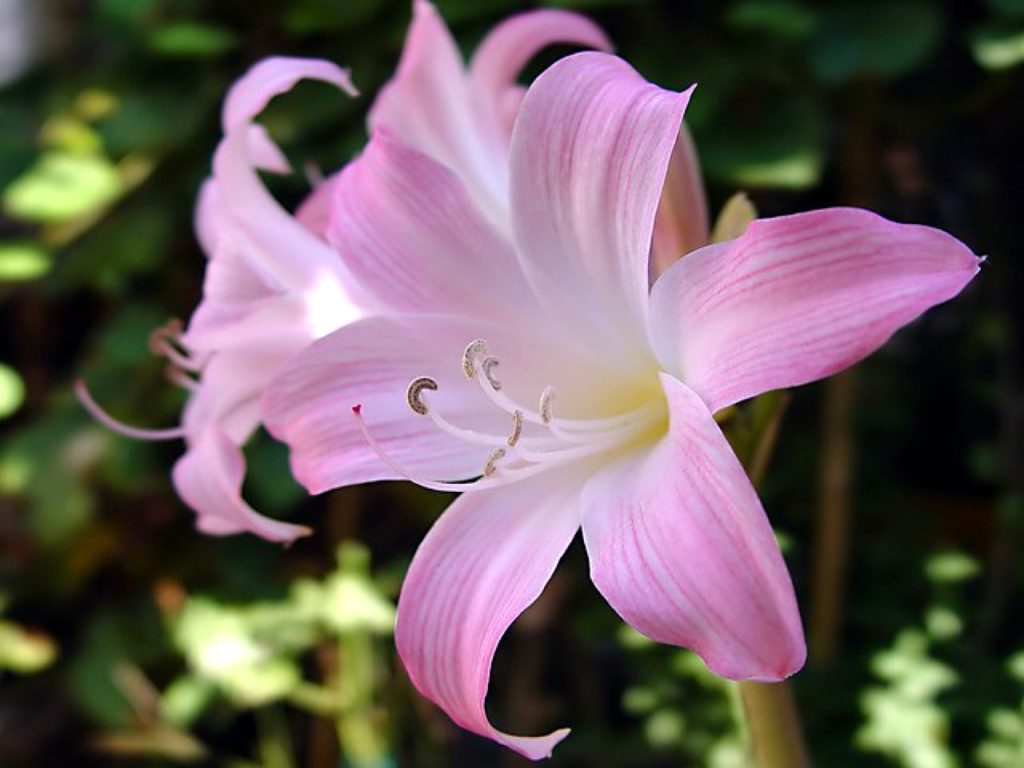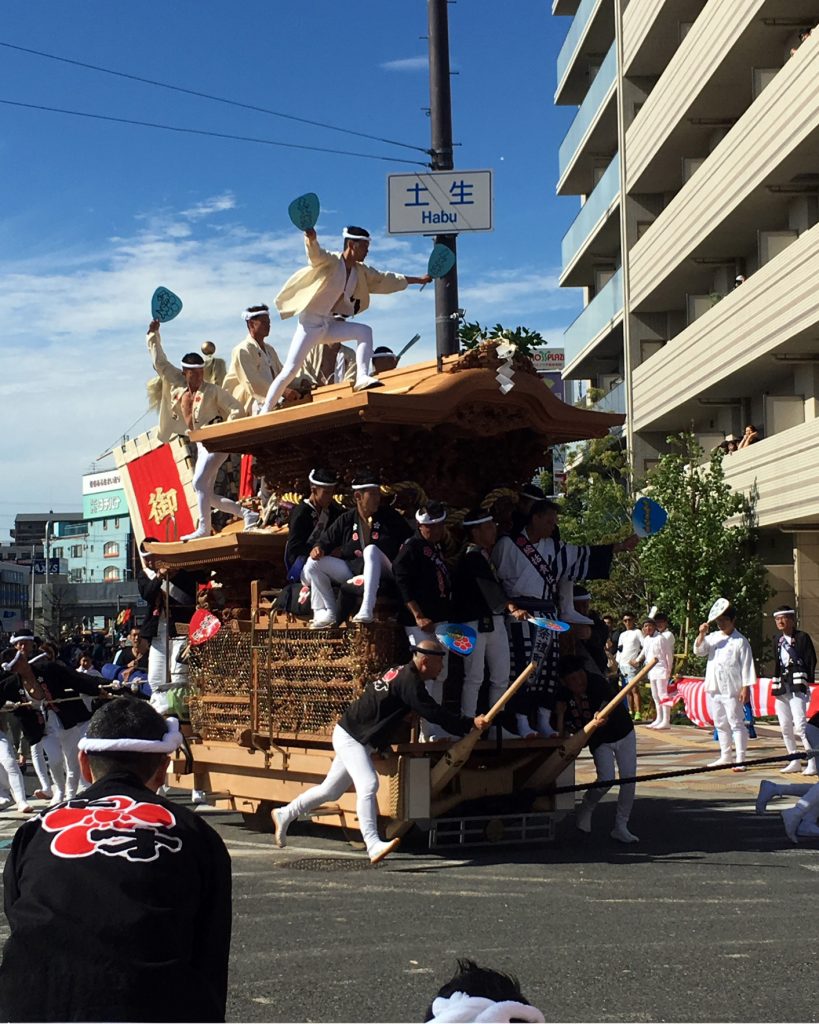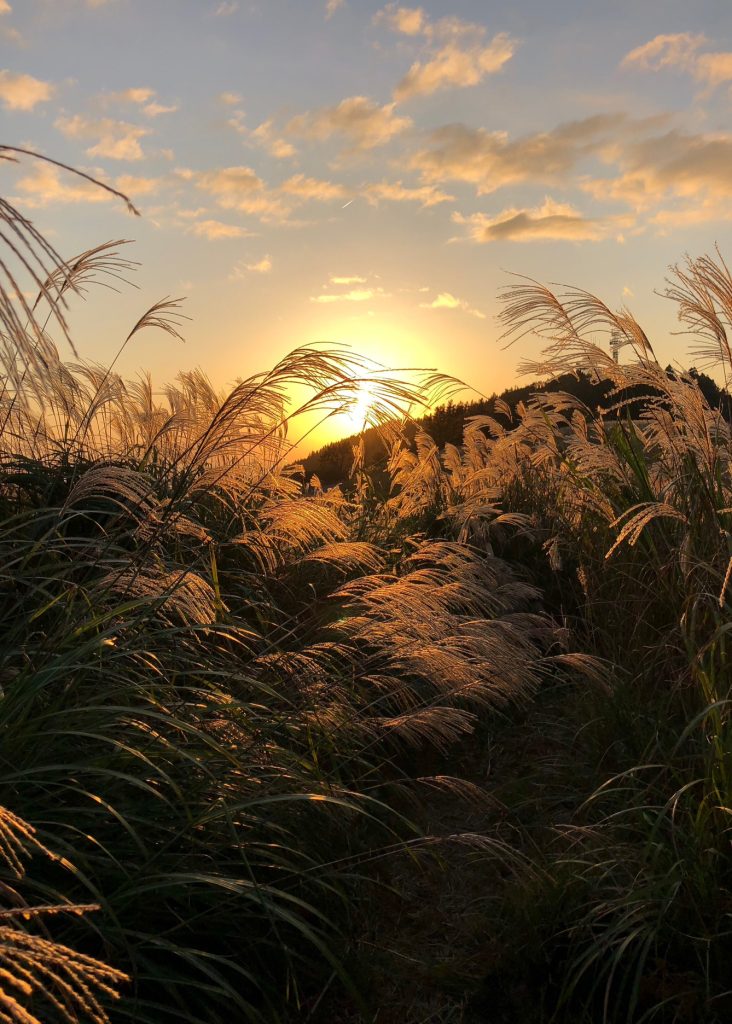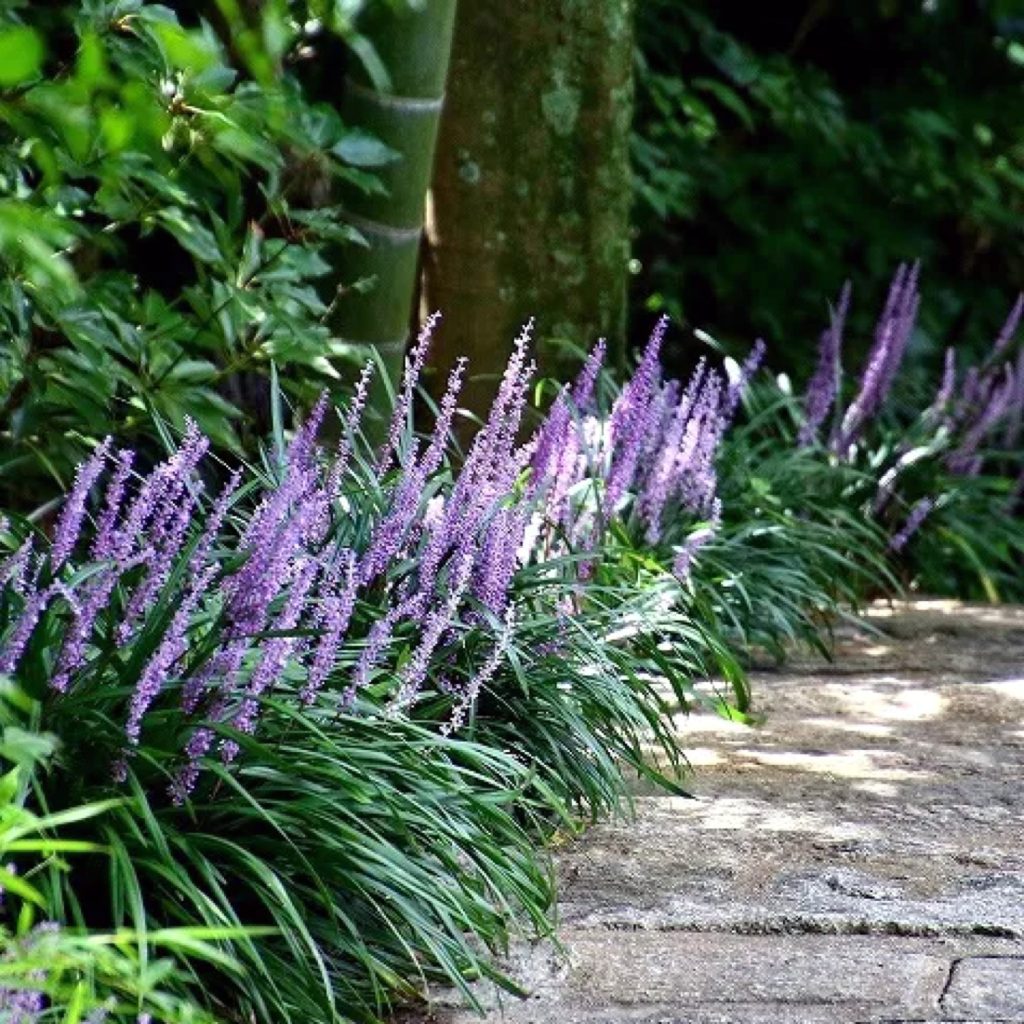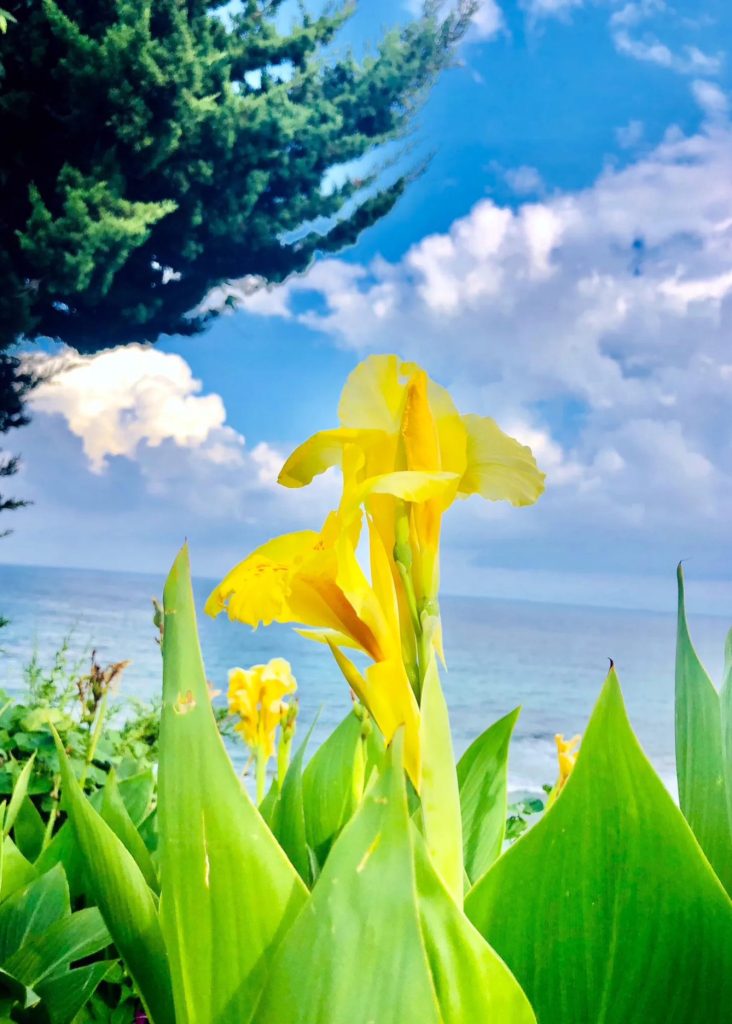
Canna standing on the beach.
I feel the lingering traces of summer.
The sun is strong, but the sea breeze blowing over is autumn.
The turning point of the season when late summer and early autumn are mixed is also shaking my heart.
The horizon and beyond, is it the this shore (earth) or the other shore (heaven)?
If it’s the this shore, the world should be wide open.
Countries I want to visit once, my dreams expand.
Countries that hurt my heart, my heart sinks.
The more I know that it is destined to disappear into the other shore, the more I can’t help but regret the this shore.
There are too many things that couldn’t be solved.
The realization of the world I dreamed of is far too far.
What will I become even if I live on?
It’s just that I can’t even deal with myself.
I feel envious of the Canna blooming gracefully while looking at the sea.
海辺に立つカンナ。
夏の名残を感じます。
日差しは強いけれども吹き寄せる潮風は秋です。
晩夏と初秋が入れ混じった折節の変わり目は心も揺らぎます。
水平線のまたその先は此岸なのか彼岸なのか。
此岸ならば世界が広がっているはずです。
一度は訪ねたい国々、夢が広がります。
胸痛む国々、心が沈みます。
やがては彼岸に消えてゆく運命である事を知れば知るほど、此岸に未練が尽きません。
解決出来なかった事が多過ぎます。
夢見た世界の実現には程遠過ぎます。
さればとて、生きながらえても何になりましょう。
我が身を処することさえままならなくなるだけです。
海を見つめて凛と咲くカンナが羨ましくも感じます。

